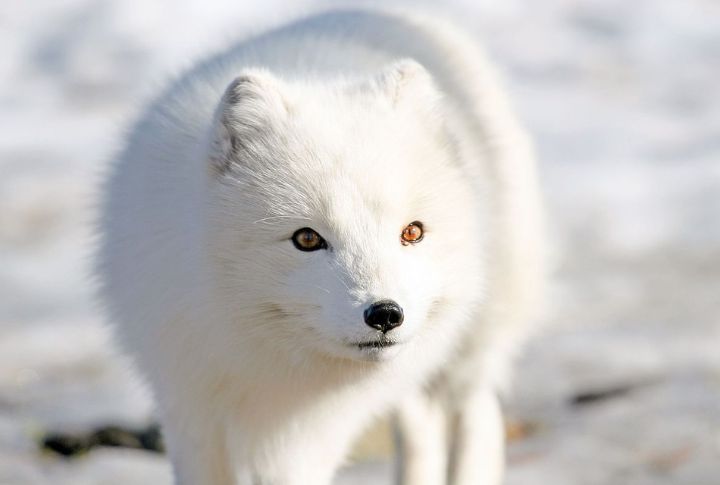
Do you think your winters are brutal? Imagine thriving where the sun never rises for months or boiling acid oozes from the Earth. Across the globe, animals face extremes that seem impossible. Yet they adapt, survive, and sometimes even thrive. These are their strange, powerful survival stories.
Antarctic Icefish
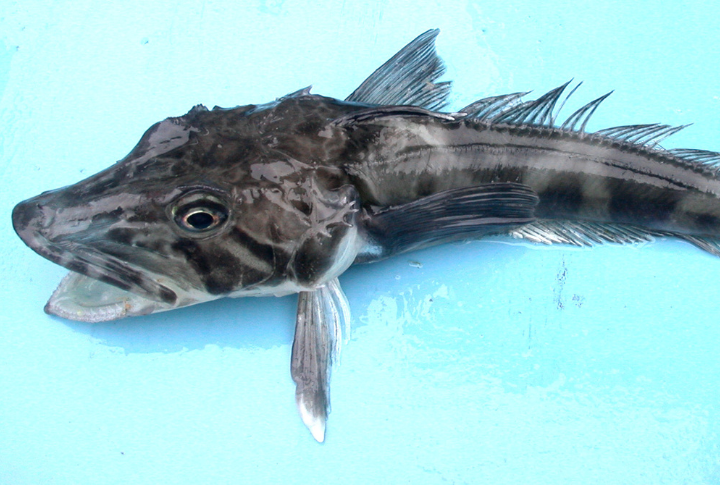
The Antarctic icefish swims in subzero waters without red blood. Instead of hemoglobin, oxygen slips straight through their plasma, carried by the cold, oxygen-rich waters. In this frozen world, evolution stripped away what was unnecessary, clearing space for something entirely new.
Tardigrade
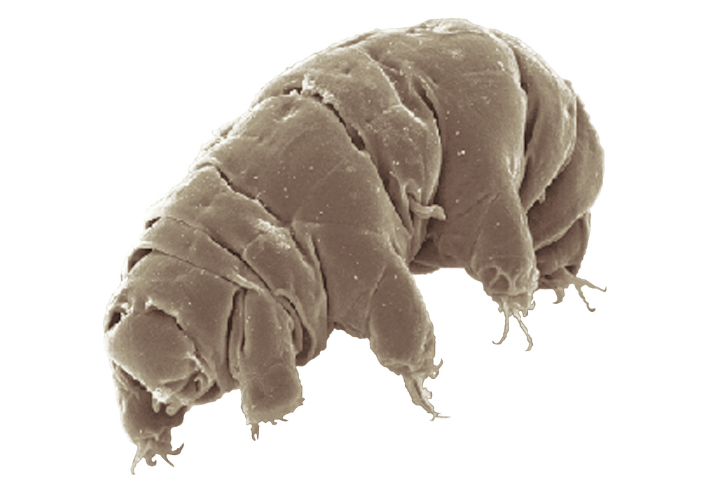
Tardigrades, the cutest indestructible creatures you’ll ever see, survive outer space, boiling heat, and crushing pressure. This state, cryptobiosis, lets them stop almost all biological activity. Once conditions improve, they reboot like tiny biological machines. Basically, tardigrades’ ghost death itself.
Camel

Camels dominate the desert thanks to unique internal wiring. They don’t store water in humps; they store fat, which reduces insulation and limits overheating. Moreover, their specialized nostrils save moisture, and oval-shaped red blood cells keep circulation flowing during dehydration.
Scaly-Foot Snail
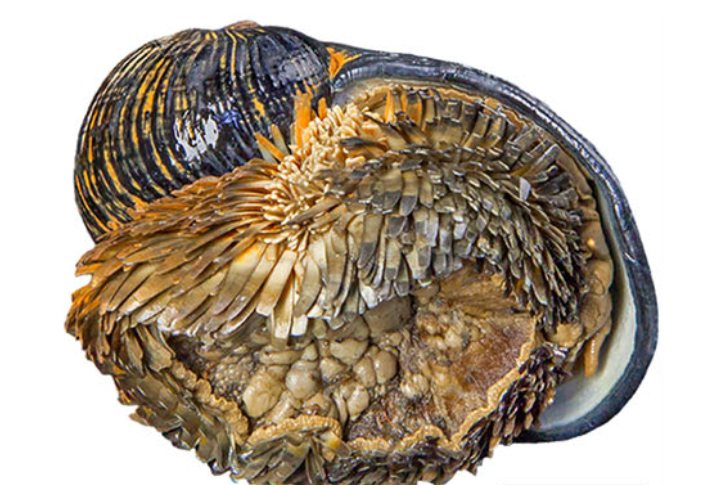
Miles below the surface, this snail wears iron armor forged in volcanic heat. Its shell, layered with iron sulfide, fends off crushing pressure. Found near hydrothermal vents, it survives in total darkness where boiling fluids spew from Earth’s crust.
Wood Frog
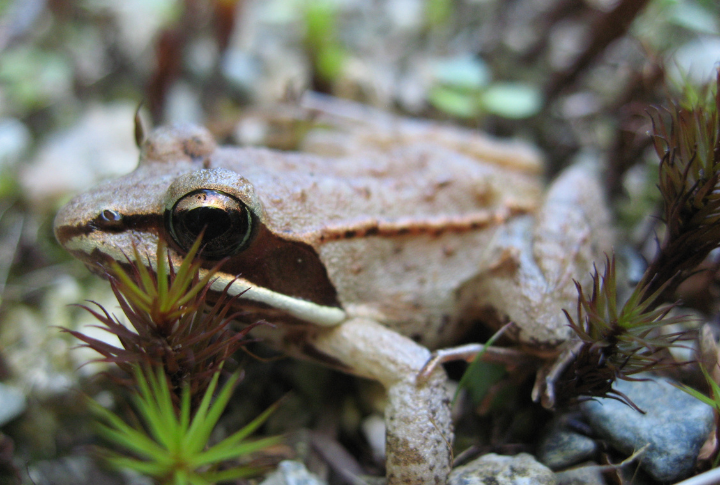
Some wood frogs in Alaska freeze nearly solid. Their hearts stop. Blood stops. Ice forms in their bodies. Yet in spring, they thaw and leap away like nothing happened. It’s not magic. Sugars flood their cells and organs, acting like natural antifreeze.
Immortal Jellyfish

Turritopsis dohrnii, the so-called immortal jellyfish, escapes death in a wild way. When threatened or injured, it reverts to an earlier life stage. Think Benjamin Button, but squishier. It loops through life cycles indefinitely, making aging optional.
Axolotl
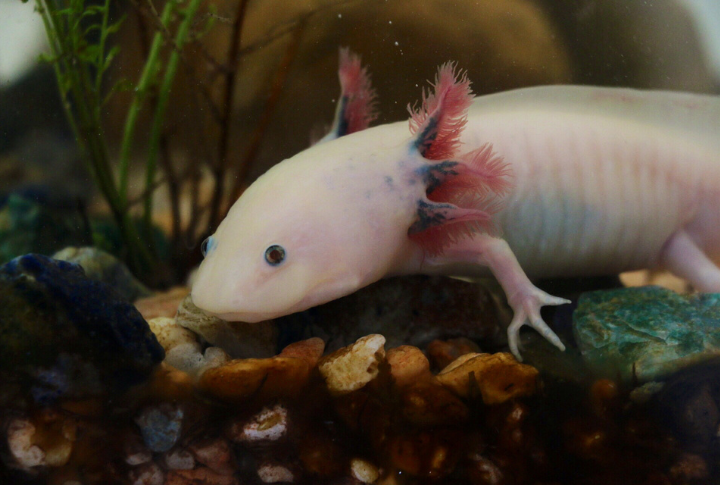
Axolotls regrow what others lose—limbs, tails, and even bits of their brain. They trigger complex regeneration instead of forming scar tissue. Cells reset and rebuild the missing parts, almost like rewinding the damage. Other species heal, but Axolotls hit restart. Now, that’s molecular mastery.
Arctic Fox

Arctic foxes don’t just endure the cold—they’ve mastered it. Their thick fur changes with the seasons, while compact legs and muzzles lock in heat. A clever blood flow system keeps their paws warm, even on ice. With ears tuned to the faintest rustle beneath the snow, they hunt by sound alone.
Horned Lizard

When predators press too close, the horned lizard retaliates in horror-movie fashion. It shoots foul-tasting blood from its eyes. Pressure builds near the sinuses, then fires. It’s part intimidation, part chemical warfare. This desert reptile skips subtlety and chooses pure spectacle instead. And it works.
Bar-Headed Goose

The bar-headed goose flies over the Himalayas at altitudes above 29,000 feet. Thin air, freezing winds—still, they power forward. Their hemoglobin grabs oxygen efficiently, and muscles store more energy. With every beat, their wings cut through oxygen-starved skies.

